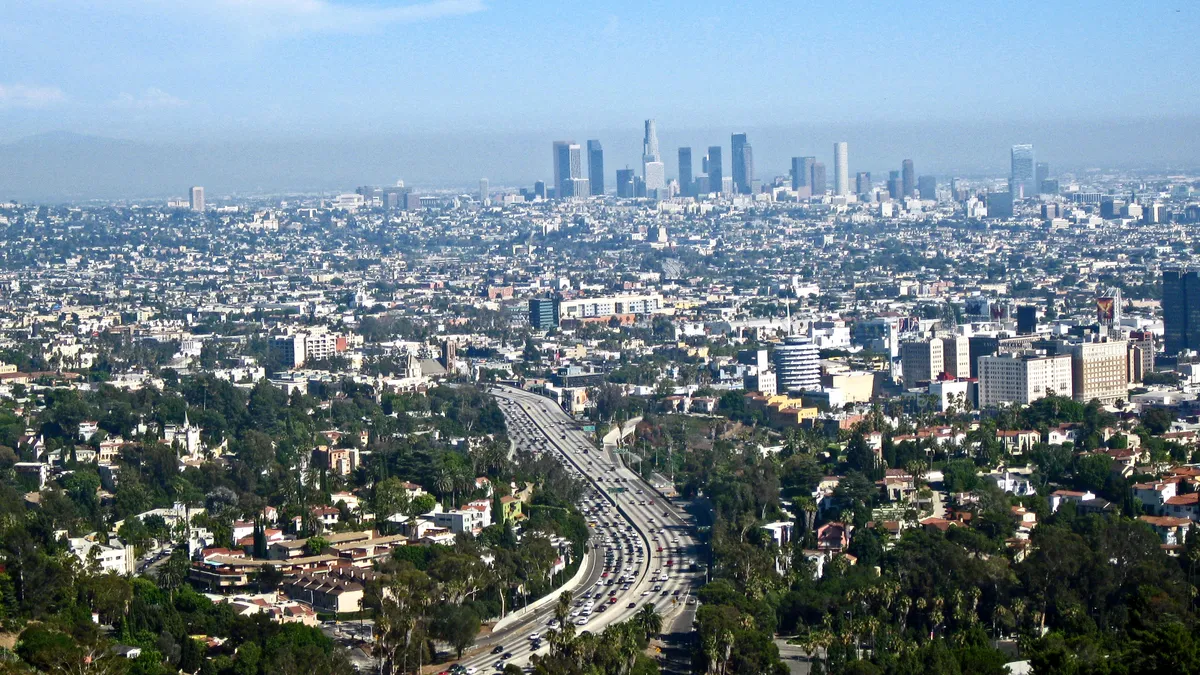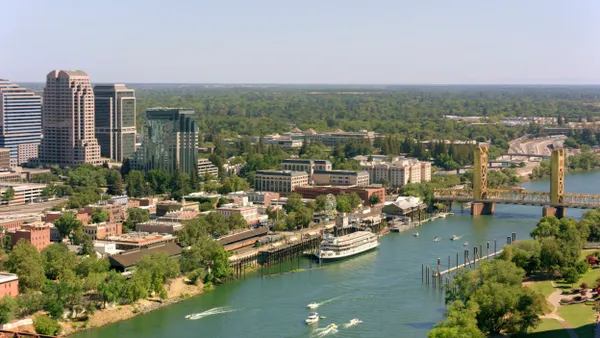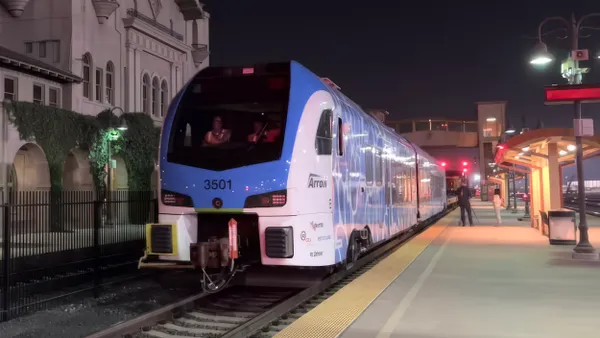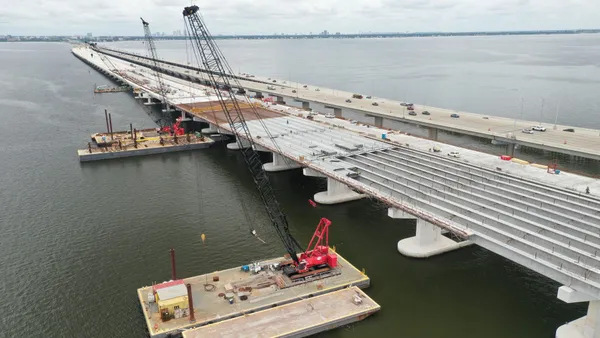UPDATED, May 17, 2019: A high-profile bill to increase housing density near transit stops in California, SB 50, has been tabled by the State Senate Appropriations Committee and will not come up for a vote again until January 2020, according to the Los Angeles Times and others.
State Sen. Scott Wiener, who introduced the bill, and Gov. Gavin Newsom both issued statements noting they're "disappointed" in the decision. The Times reports that SB 50's backers were mainly representatives of urban areas, while legislators from suburban areas opposed the bill due to concerns about how it would impact local zoning and housing plans.
"We need to do things differently when it comes to housing," Wiener wrote in his statement. "We’re either serious about solving this crisis, or we aren’t. At some point, we will need to make the hard political choices necessary for California to have a bright housing future."
Dive Brief:
- California state Sen. Scott Wiener has unveiled a new version of his controversial transit density bill that was killed in committee earlier this year after intense pushback from municipalities and various advocacy groups. The crux of the new bill, SB 50, is the same as the old bill: to increase housing density near transit stops by loosening existing restrictive low-density zoning regulations.
- Changes in SB 50 offer greater protections for low-income renters and preserving or creating affordable housing, which were major sticking points for opponents of the previous legislation.
- In addition to reducing citizens' commutes — which would result in reduced congestion and environmental damage from vehicle emissions — the legislation aims to reduce sprawl that it says is pushing residents further into wildfire zones.
Dive Insight:
Like the last bill, SB 50 would override municipal zoning laws to allow for four- to five-story residential buildings within half a mile of transit stops. Parking requirements also would be relaxed or nixed.
In some cities, including San Francisco, this bill would permit taller buildings in areas currently zoned only for single-family homes. Increasing density in this way not only allows for the creation of badly-needed housing units, but it also allows more people easy access to transit to reduce the number of car commuters clogging the roads.
Wiener's last bill was well intentioned but drew criticisms from many different groups. Although many people agreed that addressing the growing housing crisis in California is a positive and necessary move, some aspects of the bill rankled politicians and advocacy groups.
One of the most hotly contested issues was the perception that the bill didn't adequately take into consideration low-income citizens. Opponents argued the bill didn't offer "right to remain" guarantees to protect low-income residents from displacement when developers launch new building projects and an area suddenly gentrifies. It was feared that residents in rent-controlled buildings might especially get pushed out. The new bill has several pieces of language to prevent this phenomenon, including a ban on tearing down certain types of occupied apartment buildings. It also requires developers building taller structures to include affordable housing units.
Although this legislation has reworked some areas of concern that caused the previous version to meet an early death, it is still probably prone to controversy. One aspect that a number of municipalities didn't like about the old bill is that it would preempt local governance in cities across the entire state. Leaders argued that California is a huge state and housing strategies that work in one area don't necessarily work in others. This bill still would create sweeping changes that would preempt local zoning laws and therefore likely will find at least some opposition.











